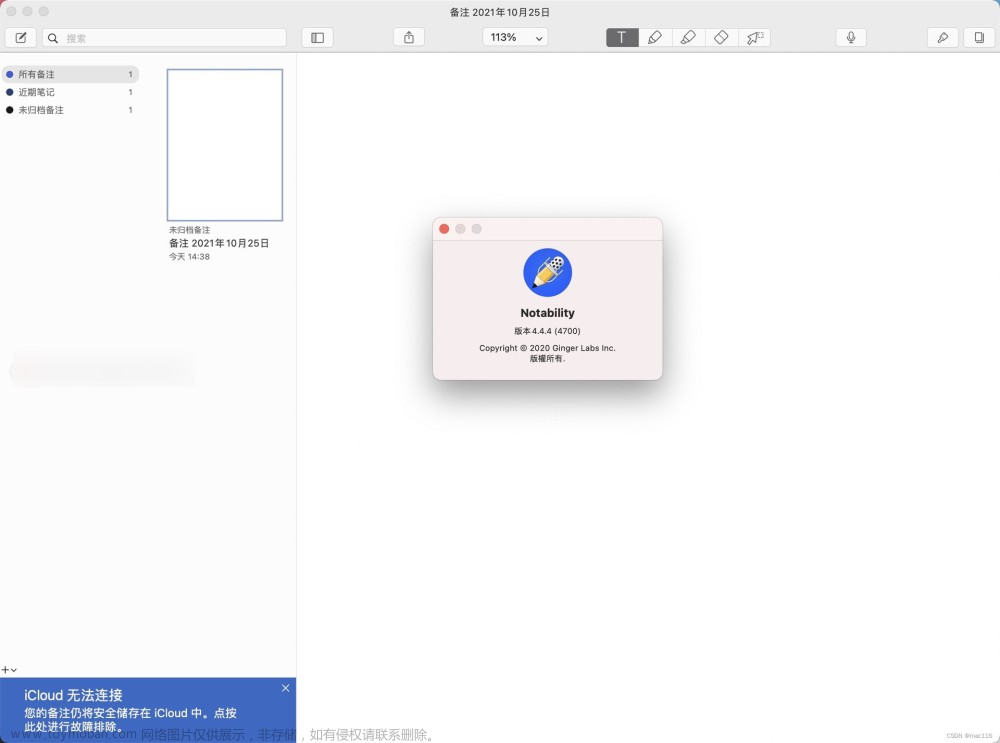条款41: 了解隐式接口和编译期多态
隐式接口:
仅仅由一组有效表达式构成,表达式自身可能看起来很复杂,但它们要求的约束条件一般而言相当直接而明确。
显式接口:
通常由函数的签名式(也就是函数名称、参数类型、返回类型)构成
在源码中明确可见。
#include <iostream>
// 个人感觉隐式和显式接口只是站在了不同的角度看一个类的接口。
// 站在类的角度:
// 类中定义的接口是显示的
// 站在template 参数的这个角色的角度而言:接口是隐式的,就是个表达式。
// (换个说法:这个隐式接口其实就是隐藏条件的说法,如果某个类想要作为template的参数,它必须有满足template 表达式要求的接口)
class Base
{
public:
~Base() = default;
virtual void myPrint() = 0;
int size() {return 111;}
};
class Derived: public Base
{
public:
Derived() {}
~Derived() = default;
virtual void myPrint()
{
std::cout << "Derived cout!!!" <<std::endl;
}
};
void myPrint1(Derived &dd)
{
dd.myPrint();
}
template<typename T>
void myPrint2(T t)
{
t.myPrint();
t.size();
}
int main(int argc, char const *argv[])
{
Derived dd;
myPrint1(dd);
myPrint2(dd);
return 0;
}
编译期多态:
在编译时才能确定具体调用哪个函数
#include <iostream>
#include <string>
// 编译期多态,个人理解就是:在编译时存在多个选择,根据参数类型的不同调用不同的函数。
// 对于重载: 在编译时根据参数的不同,选择不同的函数。(这些个函数已经存在,选一个心仪的)
// 对于function templates: 在编译期,根据不同的template参数具现出不同的函数(函数还没有,根据参数不同,现生成一个心仪的)
template <typename T>
T max1(const T &a, const T &b)
{
return a > b ? a : b;
}
int min1(const int &a, const int &b)
{
std::cout << "int min" << std::endl;
return a < b ? a : b;
}
std::string min1(const std::string &a, const std::string &b)
{
std::cout << "string min" << std::endl;
return a < b ? a : b;
}
int main(int argc, char const *argv[])
{
int a = 11, b = 12;
std::string a1("hello world"), b1("hello");
std::cout << max1(a, b) << std::endl;
std::cout << max1(a1, b1) << std::endl;
std::cout << min1(a, b) << std::endl;
std::cout << min1(a1, b1) << std::endl;
return 0;
}
运行期多态:
在运行时才知道待用哪个函数。
#include <iostream>
// 运行时多态演示代码
class Base
{
public:
~Base() = default;
virtual void myPrint() = 0;
};
class Derived: public Base
{
public:
Derived() {}
~Derived() = default;
virtual void myPrint()
{
std::cout << "Derived cout!!!" <<std::endl;
}
};
int main(int argc, char const *argv[])
{
Base *pb = new Derived;
// 程序运行的时候,才能明确调用的时Derived的myPrint()
pb->myPrint();
delete pb;
return 0;
}
请记住:
classes 和template都支持接口和多态
对于classes而言接口是显式的,以函数签名为中心。多态则是通过virtual函数发生于运行期
对于template参数而言,接口是隐式的,基于有效表达式。多态则是通过template具现化和函数重载解析发生于编译器
条款42:了解typename的双重意义
请记住:
声明template参数时,前缀关键字class和typename可互换
请使用关键字表示嵌套从属类型名称;但不得在base class lists(基类列)或member initialization list(成员初值列)内以它作为base class修饰符。
条款43: 学习处理模板化基类内的名称
请记住:
可在derived class templates内通过“this->”指涉base class templates内的成员名称,或藉由一个明白写出的“base class 资格修饰符”完成
写一段:
#include <iostream>
#include <string>
class CompanyA
{
public:
CompanyA() {}
~CompanyA() = default;
void sendClearText(const std::string &msg)
{
std::cout << "company A sendEncrypted msg = " + msg << std::endl;
}
void sendEncrypted(const std::string &msg)
{
std::cout << "company A sendEncrypted msg = " + msg << std::endl;
}
};
class CompanyB
{
public:
CompanyB() {}
~CompanyB() = default;
void sendClearText(const std::string &msg)
{
std::cout << "company B sendEncrypted msg = " + msg << std::endl;
}
void sendEncrypted(const std::string &msg)
{
std::cout << "company B sendEncrypted msg = " + msg << std::endl;
}
};
class MsgInfo
{
public:
MsgInfo(const std::string &inmsg) : msg(inmsg) {}
~MsgInfo() = default;
std::string getMsg() const
{
return msg;
}
private:
std::string msg;
};
template <typename Company>
class MsgSender
{
public:
MsgSender() {}
~MsgSender() = default;
void sendClear(const MsgInfo &info)
{
std::string msg = info.getMsg();
Company c;
c.sendClearText(msg);
}
void sendSecret(const MsgInfo &info)
{
std::string msg = info.getMsg();
Company c;
c.sendEncrypted(msg);
}
};
// 以template为基类定义子类
template <typename Company>
class LoggingMsgSender : public MsgSender<Company>
{
public:
LoggingMsgSender() {}
~LoggingMsgSender() = default;
// 解决方案3:使用using声明式,假设sendClear在基类
// using MsgSender<Company>::sendClear;
void sendClearMsg(const MsgInfo &info)
{
std::cout << "adasd" << std::endl;
// g++报错: there are no arguments to 'sendClear' that depend on a template parameter,
// so a declaration of 'sendClear' must be available
// 解决方案1:使用编译参数:“-fpermissive”,使用该参数后从报错变成了告警。
// 解决方案2:使用this
// this->sendClear(info);
sendClear(info); //LoggingMsgSender在被实例化之前不知道sendClear在哪里。编译器也不会到base classes内查找。
// 解决方案4: 明确指出被调用函数位于基类中(这个方案不推荐使用),如果sendClear是一个virtual,这样会关闭“virtual 绑定行为”
// MsgSender<Company>::sendClear(info);
std::cout << "adasdfffff" << std::endl;
}
};
class CompanyZ
{
public:
CompanyZ() {}
~CompanyZ() = default;
void sendEncrypted(const std::string &msg)
{
std::cout << "company Z sendEncrypted msg = " + msg << std::endl;
}
};
// template<>这个不是template也不是标准class,而是个特化版的MsgSender template,在template实参是CompanyZ时候使用。
// 这就是模板全特化
template <>
class MsgSender<CompanyZ>
{
public:
MsgSender() {}
~MsgSender() = default;
void sendSecret(const MsgInfo &info)
{
std::string msg = info.getMsg();
CompanyZ c;
c.sendEncrypted(msg);
}
};
int main(int argc, char const *argv[])
{
LoggingMsgSender<CompanyA> mca;
mca.sendClear(std::string("hello"));
mca.sendSecret(std::string("hello"));
LoggingMsgSender<CompanyB> mcb;
mcb.sendClear(std::string("hello"));
mcb.sendSecret(std::string("hello"));
// 模板全特化:针对某一个类型的全面特化。
LoggingMsgSender<CompanyZ> mcz;
// 特化版的MsgSender template中没有提供sendClear
// mcz.sendClear(std::string("hello")); // 编译报错
mcz.sendSecret(std::string("world"));
return 0;
}
条款44: 将与参数无关的代码抽离templates
请记住:
template生成多个 classes和多个函数,所以任何template代码都不应该于某个造成膨胀的template参数产生相依关系。
因非模板参数而造成的代码膨胀,往往可以消除。做法是以函数参数或class成员变量替换template参数。
因类型参数(type parameters)造成的代码膨胀,往往可以降低,做法是让带有完全相同二进制表述的具象类型实现共享代码。
条款45:运用成员模板函数接受所有兼容类型
请记住:
请使用member function templates 生成“可接受所有兼容类型”的函数
如果你声明member templates 用于“泛化构造”或“泛化assignment”,你还需要声明正常的copy构造函数和copy assignment函数。
条款46:需要类型转换时请为模板定义非成员函数
请记住:
当我们编写一个class template,而它所提供的“与此template相关”函数支持“所有参数之隐式转换”时,请将那些函数定义为“class template内部的friend函数”。
条款47:请使用traits class 表现类型信息
请记住:
Traits classes使得“类型相关信息”在编译期可用。它们以templates和“”完成实现
整合重载技术后,traits classes有可能在编译期对类型执行if…else测试。
条款48:认识template元编程
这个可能太高阶了,目前知道有这么个东西就行。光靠这里去理解可能有点难。
什么是模板元编程(Template metaprogramming- TMP)?
编写template-base C++程序并执行于编译期的过程
TMP是被发现而不是发明出来的。
使用TMP的好处?
1.它让事情更容易
2.某些错误可以在编译期就找出来
3.可能在每一个方面都高效:较小的可执行文件、较短的运行期、较少的内存需求
缺点:
编译时间变长了
难点:
语法不直观,支持工具不充分。
请记住:
TMP可将工作由运行期迁移到编译期,从而实现早期错误侦测和更高的执行效率文章来源:https://www.toymoban.com/news/detail-704068.html
TMP可被用来生成“基于政策选择组合”(based on combinations of policy choices)的客户定制代码,也可用来避免生成对某些特殊类型并不适合的代码。文章来源地址https://www.toymoban.com/news/detail-704068.html
到了这里,关于《Effective C++中文版,第三版》读书笔记7的文章就介绍完了。如果您还想了解更多内容,请在右上角搜索TOY模板网以前的文章或继续浏览下面的相关文章,希望大家以后多多支持TOY模板网!










